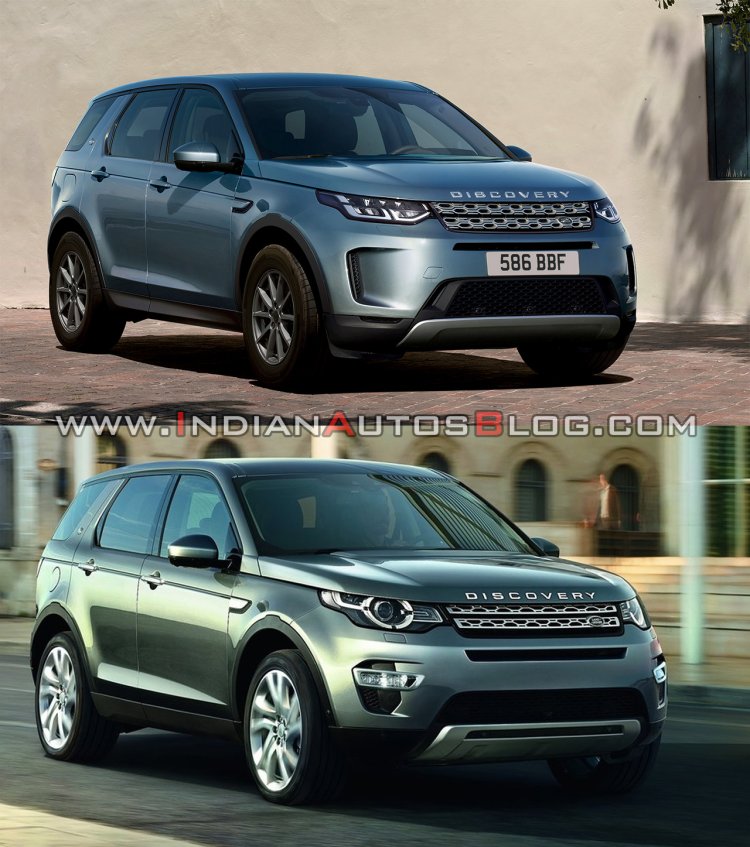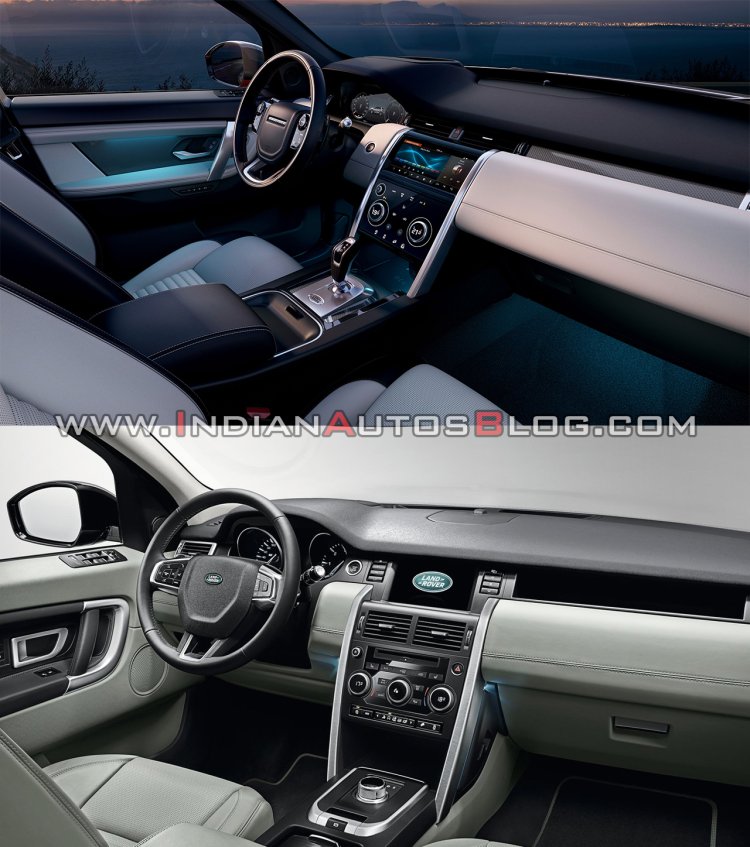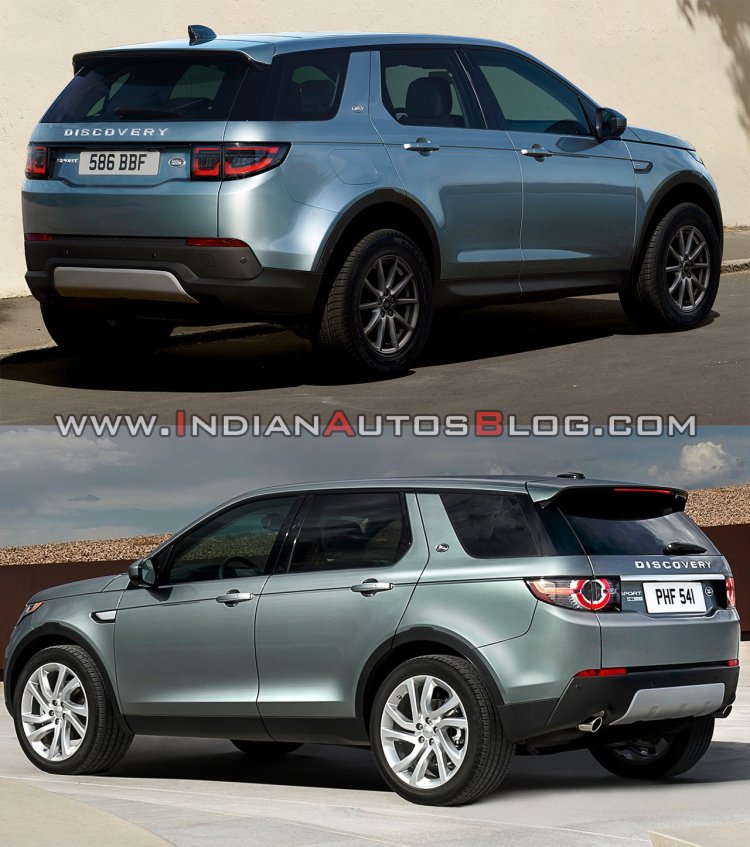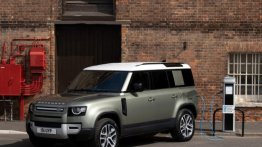The Land Rover Discovery Sport that was introduced as the successor to the Land Rover Freelander 2 in 2014 has received a facelift. Here's how the 2019 Land Rover Discovery Sport compares with the pre-facelift model.

The 2019 Land Rover Discovery Sport boasts some bold updates inside-out and the company says that it is a true Land Rover that embodies what the Discovery family stands for. From the more premium, and pronounced design on the outside, to a plusher and more feature-packed cabin on the inside, the luxury C-SUV has evolved in every sense.
Starting with the exterior, the facelifted Land Rover Discovery Sport's front-end is inspired by that of the Land Rover Discovery. At the front, the most prominent change is the sleeker, full-LED headlamps with LED DRLs that double as dynamic turn indicators. In addition to these more sophisticated headlights, the updated C-SUV has a new radiator grille, revised lower intake layout and a restyled bumper. The fog lamps are much slimmer and have been positioned in a subtle manner below the air inlets. Moving to the back, changes include a restyled bumper and tweaked LED tail lamps that look sharper and more striking.

Inside, the new dashboard and new steering wheel have been lifted straight from the Discovery, and these elements, along with the and a fully redesigned centre console, makes the cabin look much more upmarket and sophisticated. There's a new, 10.25-inch Touch Pro HD touchscreen infotainment system with Apple CarPlay, Android Auto and 4G WiFi hotspot.
New equipment includes a 12.3-inch HD fully digital instrument cluster, wireless charger for smartphones, ClearSight Ground View that offers a virtual 180-degree beneath the vehicle onto the touchscreen, a smart rearview mirror that converts into a video screen at the flick of a switch to display the view from the rear camera and new front seats with massage functionality as well. The second and third-row seats are also new.

Also Read: Range Rover Sport 2.0L petrol launched, priced from INR 86.71 lakh
The 2019 Land Rover Discovery Sport has a 13% stiffer body for a more comfortable and a safer drive. It packs 48-volt mild-hybrid technology, which was unavailable in the old model. The mild-hybrid system allows the engine to shut-off at speeds below 17 km/h and gives a torque boost of 140 Nm. The ZF 9-speeed automatic transmission has been updated and offers a 2% fuel economy improvement. Unlike the old model, the new model comes with the Terrain Response 2, the brand's second generation Active Driveline System.
Below are the mechanical configurations that have been announced for the facelifted model, available in FWD or in AWD with Land Rover's second-gen
- D150 FWD MT - 2.0L diesel engine (150 PS/380 Nm), 6-speed MT, FWD
- D150 AWD AT MHEV - 2.0L diesel engine (150 PS/380 Nm) 48-volt mild-hybrid system, 8-speed AT, AWD
- D180 AWD AT MHEV - 2.0L diesel engine (180 PS/430 Nm), 48-volt mild-hybrid system, 8-speed AT, AWD
- D240 AWD AT MHEV - 2.0L diesel engine (240 PS/500 Nm), 48-volt mild-hybrid system, 8-speed AT, AWD
- P200 AWD AT MHEV - 2.0L petrol engine (200 PS/320 Nm), 48-volt mild-hybrid system, 8-speed AT, AWD
- P250 AWD AT MHEV - 2.0L petrol engine (249 PS/320 Nm), 48-volt mild-hybrid system, 8-speed AT, AWD
A plug-in hybrid variant and a conventional three-cylinder petrol engine will be introduced later this year.
The facelifted Land Rover Discovery Sport could be launched in India towards the end of this year.









![2020 Land Rover Discovery Sport (facelift) launched, priced from INR 57.06 lakh [Update]](https://img.indianautosblog.com/crop/262x147/2020/02/13/2020-land-rover-discovery-sport-facelift-front-thr-8a6c.jpg)

















